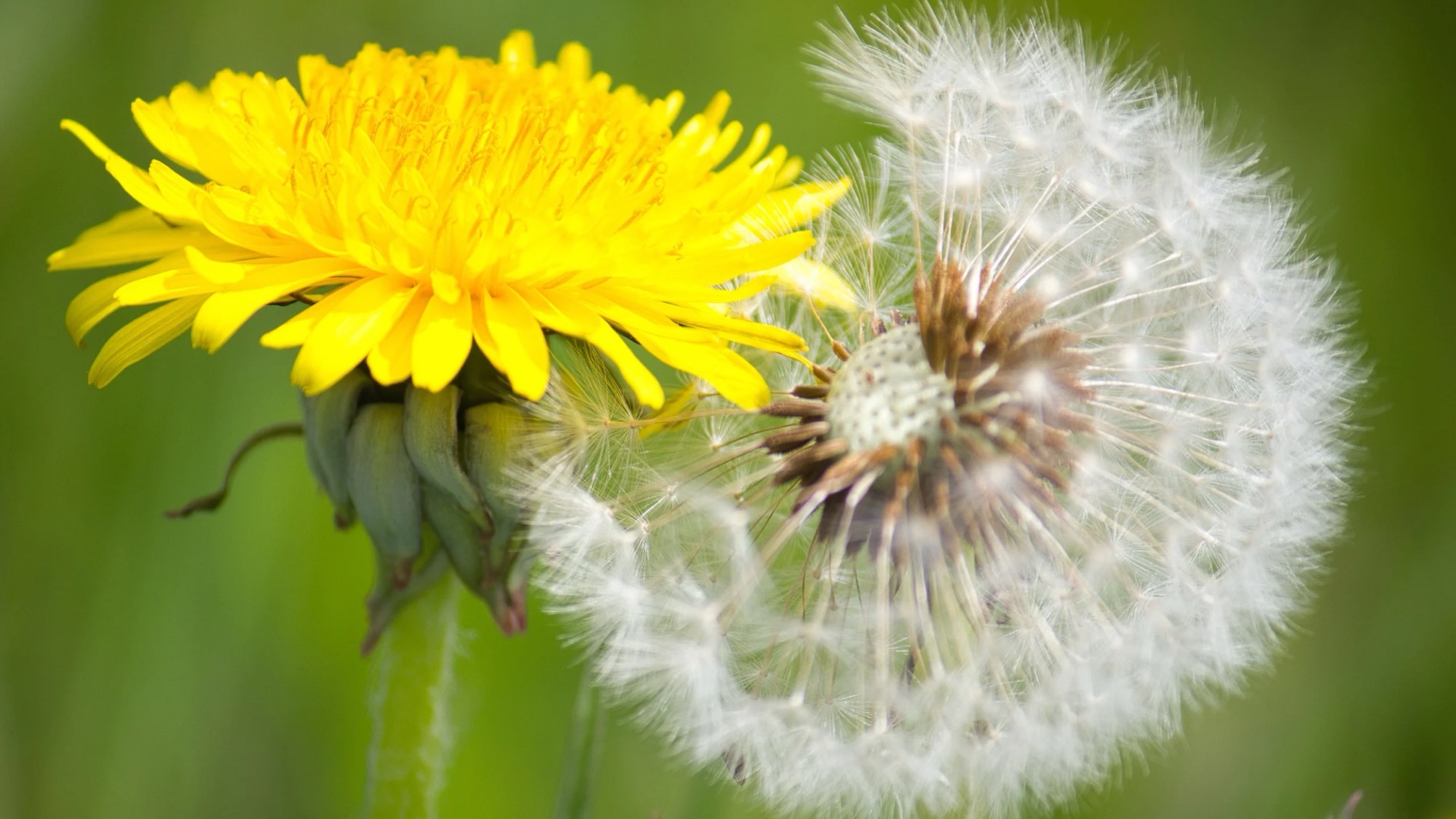Weekly Guide for Growing Spinach: Tracking Progress and Taking Care of Your Leafy Greens
When to plant:
Spring Planting: Sow spinach seeds as soon as the soil can be worked in early spring, typically around late March to mid-April. The soil should be at least 40°F for successful germination. This allows spinach to grow during the cooler months of spring and harvest before the hot summer temperatures arrive. Fall Planting: Another suitable time to plant spinach in Zone 6a is in late summer to early fall, typically from late August to mid-September. As the weather begins to cool down and temperatures start to drop, spinach will thrive in the milder conditions. Fall planting provides a second opportunity for a bountiful spinach harvest before the frost sets in. It’s essential to keep an eye on the weather and frost dates in your specific location to plan the best planting times. Spinach is a cool-season crop, and it performs best when grown in temperatures ranging from 50°F to 75°F (10°C to 24°C). When the temperatures rise above 75°F (24°C), spinach may bolt (produce flowers and seeds) prematurely, affecting the quality and taste of the leaves. To extend the growing season, you can also use protective measures like row covers or cold frames in the fall, allowing you to harvest spinach well into the colder months. By planting spinach in both the spring and fall, you can enjoy a continuous supply of fresh and nutritious greens throughout the growing season in Zone 6a.Week 1: The Beginning of Your Spinach Journey
- Sow spinach seeds in well-prepared soil with good drainage and adequate sunlight.
- Keep the soil consistently moist to promote germination.
- Monitor for signs of sprouting
What is well-prepared soil?
Loosen the Soil: Before sowing spinach seeds, prepare the soil by loosening it to a depth of at least 6-8 inches. This helps create a loose and flaky texture that facilitates root penetration and allows young seedlings to establish themselves easily. Remove Debris: Clear the planting area of any debris, rocks, or large clumps that could hinder seed germination and growth. Amend with Organic Matter: Enrich the soil with organic matter such as compost or well-rotted manure. Organic matter improves soil structure, enhances nutrient availability, and aids moisture retention, which are essential for spinach growth.What do I mean by Good Drainage?
Avoid Waterlogging: Spinach plants dislike waterlogged conditions. Ensure the planting site has good drainage to prevent water from pooling around the seeds or roots. If the soil doesn’t drain well naturally, consider planting in raised beds or adding amendments like perlite to improve drainage. Prevent Compaction: Avoid walking on the planting area excessively, as this can lead to soil compaction, reducing water drainage capacity.How much sun is enough?
Partial to Full Sunlight: Spinach thrives in partial to full sunlight. Aim to provide at least 4-6 hours of sunlight daily to promote healthy growth and optimal leaf production. Managing Shade: If you have limited sunlight in your gardening space, consider planting spinach in spots where it receives morning sunlight and partial shade in the afternoon. This can help protect the plants from scorching in intense afternoon sun.Sowing Spinach Seeds:
Seed Spacing: Sow the spinach seeds about 1/2 inch deep into the prepared soil. Space the seeds approximately 2-3 inches apart in rows or scatter them for broadcast seeding. Adequate spacing allows enough room for the plants to grow without competing for resources. Cover and Water: After sowing the seeds, gently cover them with soil and pat it down lightly to ensure good seed-to-soil contact. Water the area gently to settle the soil around the seeds. – **Germination Period:** Spinach seeds usually germinate within 7-14 days, depending on environmental conditions. Be patient and maintain consistent moisture during this period to support germination.Week 2: Caring for Young Spinach Seedlings
During Week 2, your spinach seedlings should have developed their first true leaves, signaling the start of their active growth phase. Providing the right care during this critical period will set the foundation for healthy and robust spinach plants. Here’s what you should be doing:- Seedlings should have developed their first true leaves by now.
- Water deeply and evenly to support root growth.
- Begin applying a balanced fertilizer or compost to provide essential nutrients.
Watering
– **Keep Soil Moist:** Spinach seedlings require consistent moisture to establish strong roots and foliage growth. Water the seedlings regularly, aiming to keep the soil consistently moist but not waterlogged. Use a watering can or a gentle spray to avoid disturbing the delicate seedlings. – **Watering Frequency:** Depending on the weather conditions, you may need to water every 2-3 days or as needed. Pay attention to the soil moisture level and adjust the frequency accordingly.**Fertilizing:**
– **Use Balanced Fertilizer:** At this stage, you can begin fertilizing the spinach seedlings to provide essential nutrients for healthy growth. Use a balanced, water-soluble fertilizer with equal proportions of nitrogen, phosphorus, and potassium (e.g., 10-10-10). This balanced formula supports overall plant development. – **Dilution Ratio:** Follow the manufacturer’s instructions for dilution. Generally, a ratio of 1 tablespoon of fertilizer per gallon of water is suitable for young seedlings. – **Frequency:** Apply the diluted fertilizer solution to the soil around the seedlings once a week. Avoid direct contact with the leaves, as this can cause fertilizer burn. **Thinning Seedlings:** – **Create Space:** As the spinach seedlings grow, they will compete for space and nutrients. Thin out the seedlings to ensure they are spaced about 4-6 inches apart. This allows each plant to receive adequate resources and light for healthy development.Pest and Disease Monitoring
– **Vigilance is Key:** Keep a close eye on your seedlings for any signs of pests or diseases. Common pests that may affect spinach include aphids and slugs. Early detection and intervention are crucial to prevent infestations from spreading. **Protection from Extreme Weather:** – **Cold Nights:** If your area experiences occasional cold nights, consider covering the seedlings with a protective cloth or row cover in the evenings to shield them from potential frost damage. By providing adequate water, balanced fertilizer, and monitoring for pests during Week 2, you’ll support the healthy growth of your young spinach seedlings. Proper care at this stage will help your seedlings establish robust root systems and lush foliage, setting the stage for a successful spinach harvest in the weeks to come. Week 3: Nurturing Growing Spinach- Spinach plants will be establishing their root systems and growing more leaves.
- Keep an eye out for early pest activity, like aphids or slugs, and take appropriate measures if needed.
- Consider applying a layer of organic mulch to conserve moisture and suppress weeds.
- The plants should be well-established with several healthy leaves.
- Consider thinning the plants if they are too crowded to ensure adequate airflow.
- Harvest a few outer leaves for early consumption while leaving the central ones to continue growing.
- Spinach growth should be robust and thriving.
- Continue to harvest leaves regularly to promote new growth.
- Watch for signs of bolting (premature flowering) as temperatures rise; consider harvesting the entire plant if bolting occurs.
- Regularly check for pests and diseases, taking action promptly if any issues arise.
- Keep up with watering and fertilization as the plants grow and demand more nutrients.
- Continue harvesting spinach leaves regularly. Enjoy the fresh, nutrient-rich greens in salads, smoothies, or cooked dishes.
- If desired, plan for succession planting to ensure a continuous supply of fresh spinach throughout the growing season.
- Assess your spinach-growing experience and take note of any lessons learned. Use this knowledge to plan improvements for future spinach crops or other garden endeavors.
- Spinach plants may show signs of slowing down as the weather warms up.
- If growing in a mild climate, consider succession planting to ensure continuous harvests.
- Harvest the remaining mature leaves and prepare for the next planting cycle.
- If growing in a warmer climate, prepare for the end of the spinach growing season.
- Clear out old plant debris and prepare the soil for the next crop.
- Depending on your climate, you might be starting a new round of spinach planting or transitioning to a different crop.
- Reflect on the season’s successes and challenges to plan improvements for next year.




